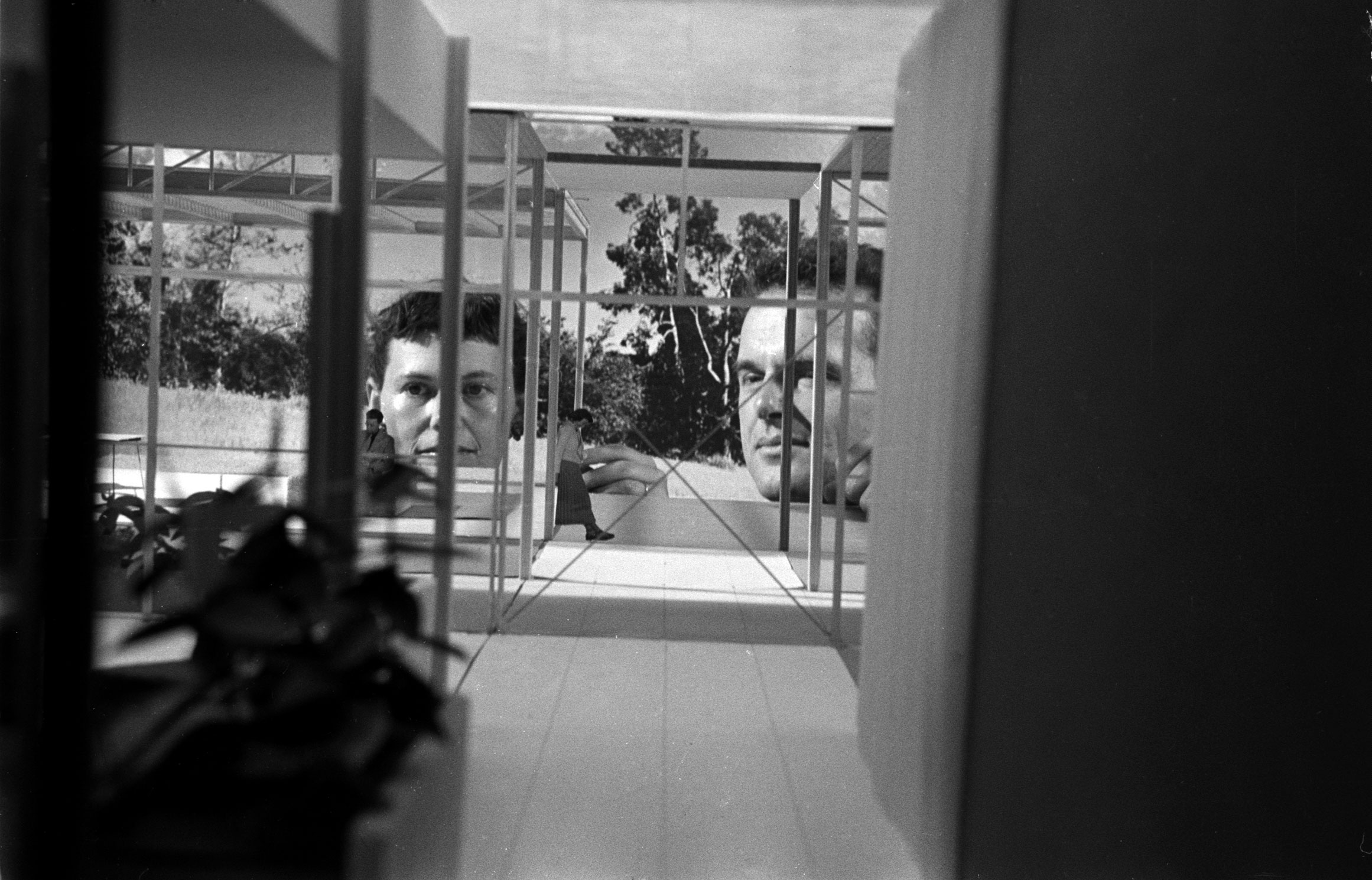
Some things designed and built by our fellow humans are so much a part of our visual landscape that, even if they haven’t been around forever, it takes an effort of will to imagine a world without them. Several Apple products come to mind. The Brooklyn Bridge. The 1956 Corvette convertible (preferably candy-apple red … but any color will do).
These and so many other marvels of imagination and execution offer us a glimpse of that ideal world where form and function merge into a seamless — and occasionally breathtaking — whole. They are tools that are works of art. And vice versa.
And then there are those quieter, simpler, but no less-beautiful items (or their knock-offs and imitators) that are also, seemingly, everywhere and that somehow we so seldom really see. We take them for granted not only because they’re ubiquitous, but because they do exactly what they’re meant to do without calling attention themselves.
Case in point: the Eames molded-plywood LCW (“Lounge Chair Wood,” below), with a silhouette so familiar that it might have been there, in our collective field of vision, forever. Considering its organic lines, so pure that they have about them an air of inevitability, the “Eames chair” — as it has long been known — might have been carved into existence around the same time as, say, the buttes of Monument Valley. In reality, the famed husband and wife design team of Charles and Ray Eames (rhymes with “dreams”) introduced the chair in the 1940s, and followed it up with a slew of other mid-century design and architecture icons, including their leather-and-molded-plywood lounge chair and ottoman; the IBM pavilion at the 1964 New York World’s Fair; and their own lovely, perfectly Modernist California home, Eames House (1949).

Few design studios of the past 100 years can lay claim to as many innovations and as many influential creations as the practice that Charles and Ray ran for decades: the celebrated Eames Office. Here, in the centennial of Ray Eames’s birth (she was born Dec. 15, 1912, in Sacramento, Calif.), LIFE.com offers a series of pictures — many of which were not published in LIFE — made in 1950 by photographer Peter Stackpole at the newly built Eames House. Today, the house is on the National Register of Historic Places and is an official National Historic Landmark. Back then, it was just another intriguing design by a man and woman who, in many ways, were literally helping to shape the second half of the 20th century.
As LIFE told its readers in the September 1950 issue, in which some of these pictures first ran:
Charles Eames, whose stark, comfortable chairs in the last five years have made him the best-known U.S. designer of modern furniture and a winner in the Museum of Modern Art furniture competition, recently designed a house and adjoining studio for himself near Santa Monica, Calif. As might be expected of a man whose chief concerns are simplicity, functionalism and economy, Eames’s own house is simply built of steel trusses, bright stucco panels and treat curtained expanses of glass. It is extraordinarily functional, built for a couple that likes to live without servants or cocktail parties and work surrounded by the varied objects that interest them. And when work or contemplation pall, the Eameses have the ocean just across the meadow from their home.
Of the now-legendary 20th-century design object, the Eames chair, which Eames first introduced in 1946, LIFE wrote that its “popularity started slowly, then snowballed until it is now selling at the remarkable rate of 3,00 a month… A vague businessman, Eames does not know how much the chair has made for him… Eames is so interested making the products of his drawing board available at the lowest coast that the modest retail price of his newest chair ($32.50) bothers him [and] he guilty feels that it should sell for less.”
Eames likes to say his job is “the simple one of getting the most of the best to the greatest number of people for the least.” Few men are so earnestly dedicated to their jobs. To feed an insatiable interest in the looks of things, he and his wife take frequent sleeping-bag trips into the surrounding seaside and desert areas collecting weeds, rocks and driftwood whose appearance they want to study. Eames has a distaste for the superfluous that sometimes even affects his speech: “Take chair by wall,” he may invite a visitor. Commented awed movie director Billy (Sunset Boulevard) Wilder, “He even has the guts to sit there and be quiet if he hasn’t anything to say.”
Happy 100th birthday, Ray Eames. LIFE might have focused almost entirely on your husband back in 1950, but rest assured: these days, whenever the 20th century’s most significant designers are discussed, you always get equal billing. No one ever deserved it more.
Eames chair photo: Peter Stackpole—Time & Life Pictures/Getty Images
Liz Ronk, who edited this gallery, is the Photo Editor for LIFE.com. Follow her on Twitter at @LizabethRonk.
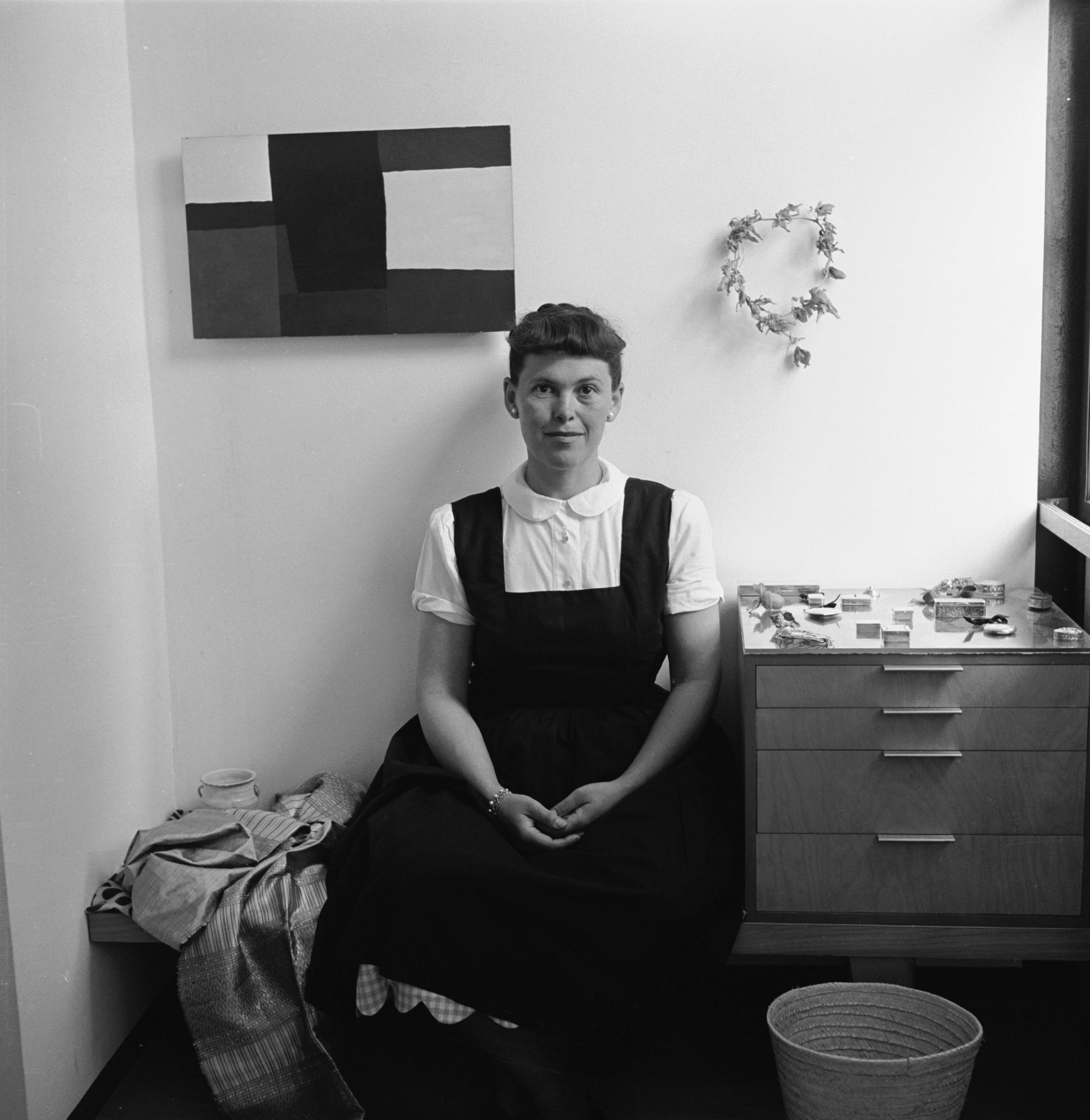


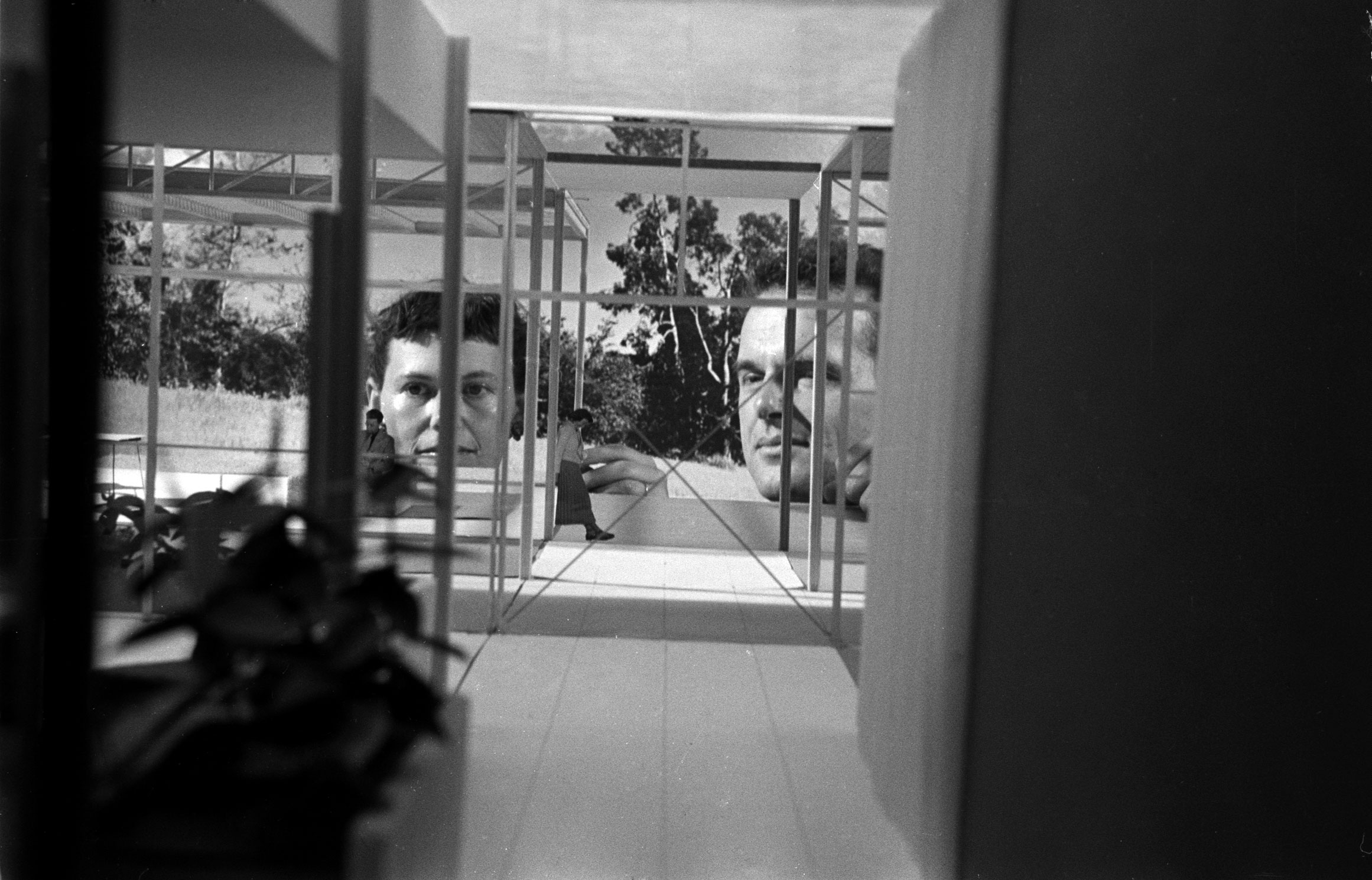
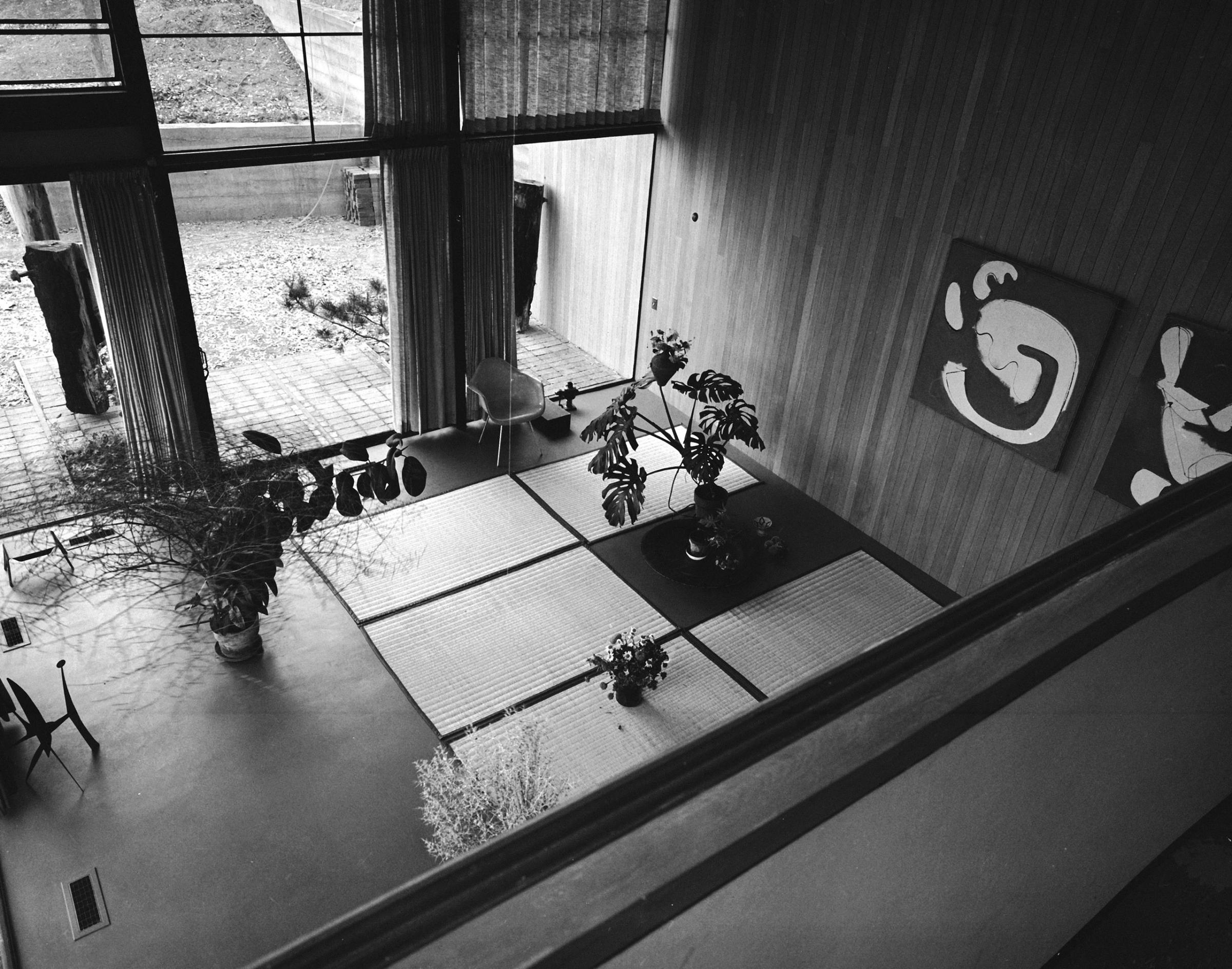


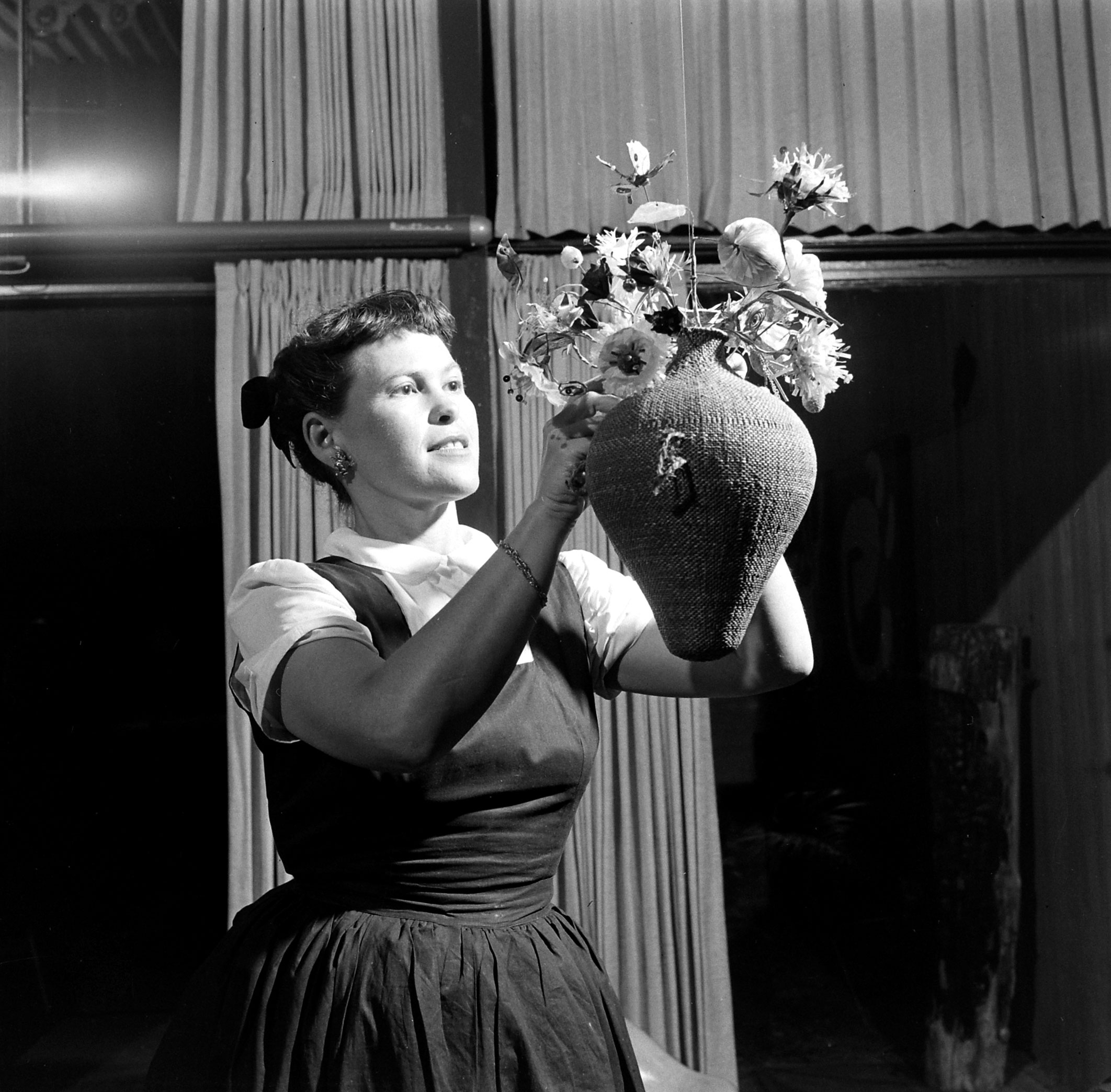

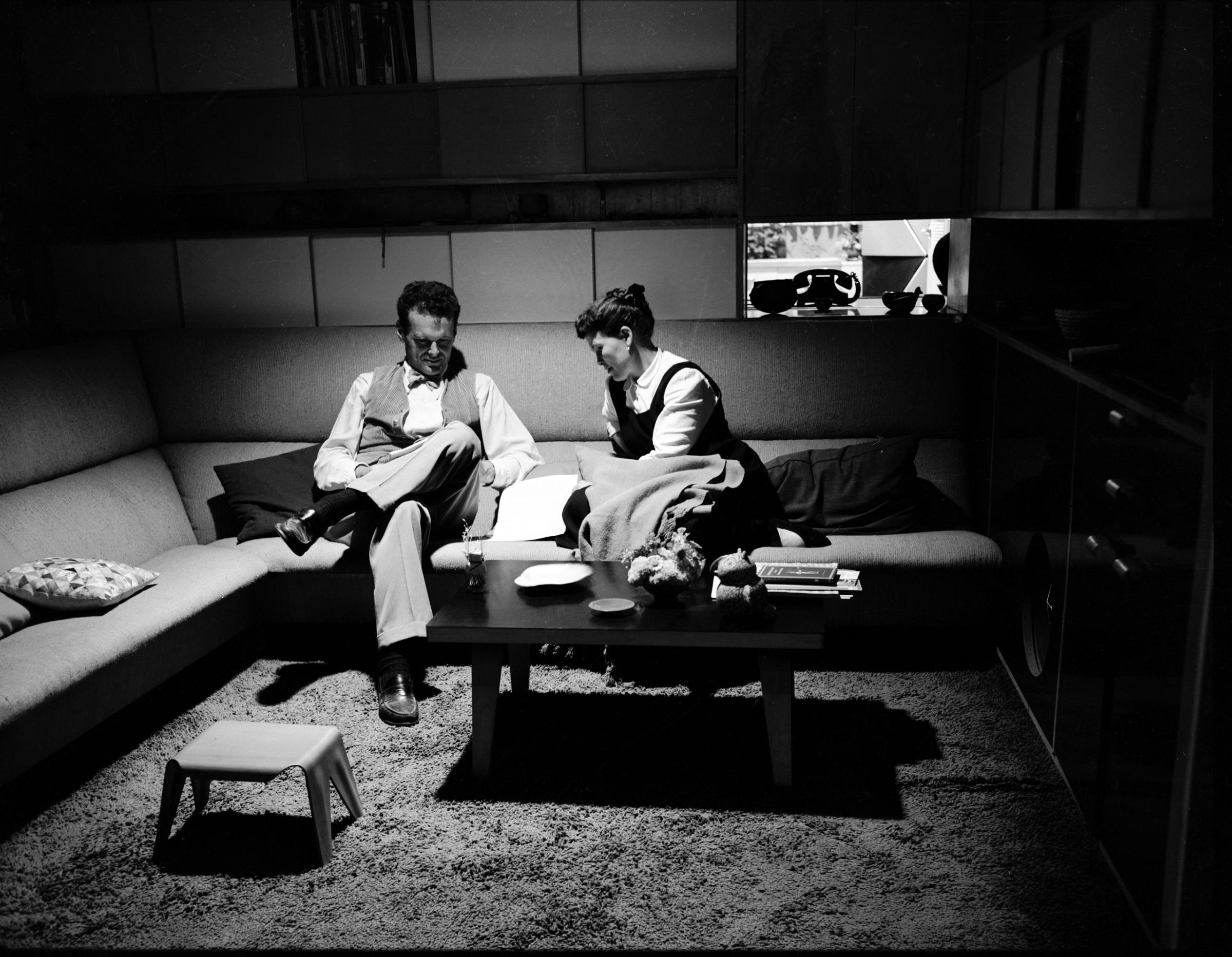


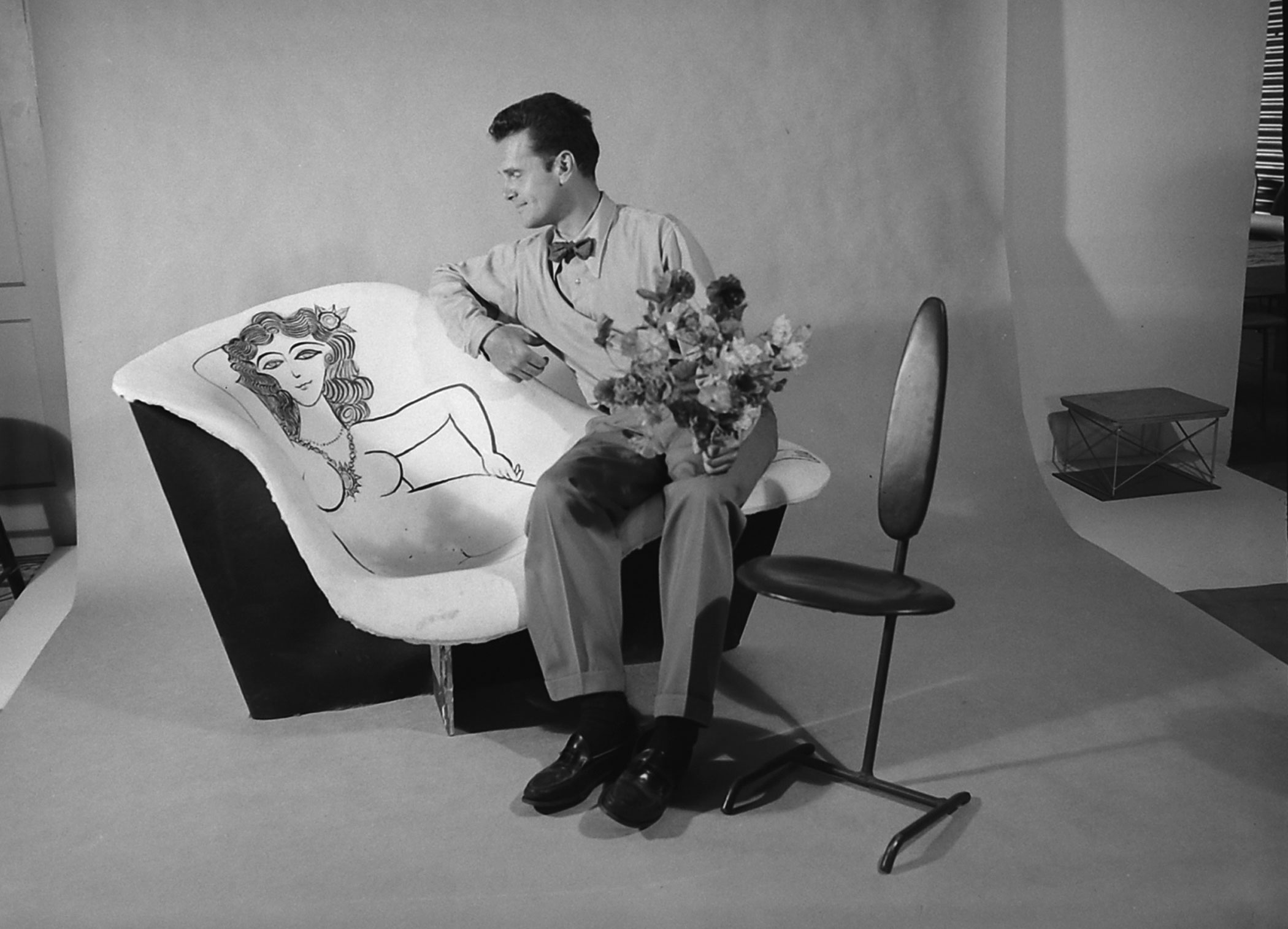

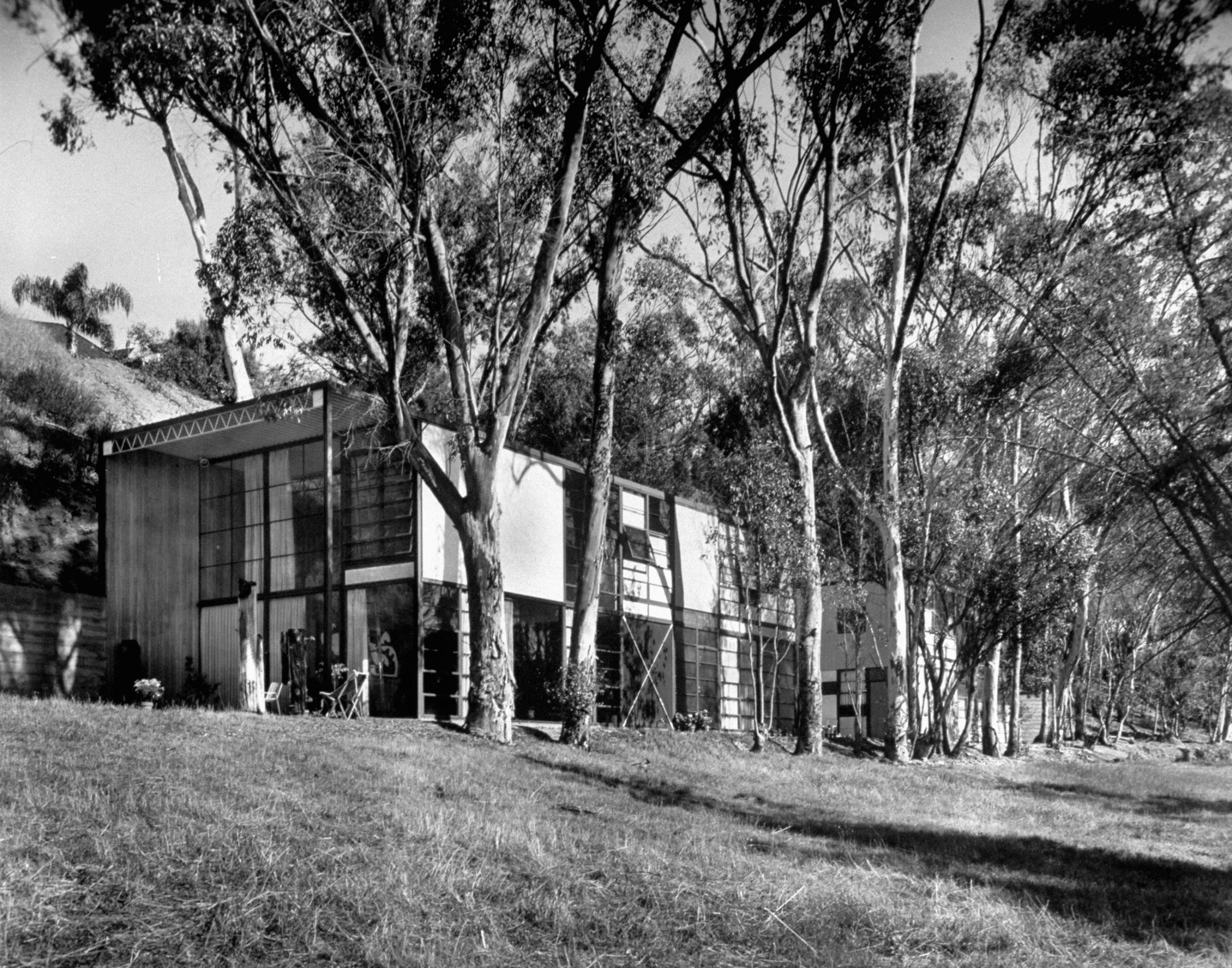
More Must-Reads from TIME
- Cybersecurity Experts Are Sounding the Alarm on DOGE
- Meet the 2025 Women of the Year
- The Harsh Truth About Disability Inclusion
- Why Do More Young Adults Have Cancer?
- Colman Domingo Leads With Radical Love
- How to Get Better at Doing Things Alone
- Michelle Zauner Stares Down the Darkness
Contact us at letters@time.com